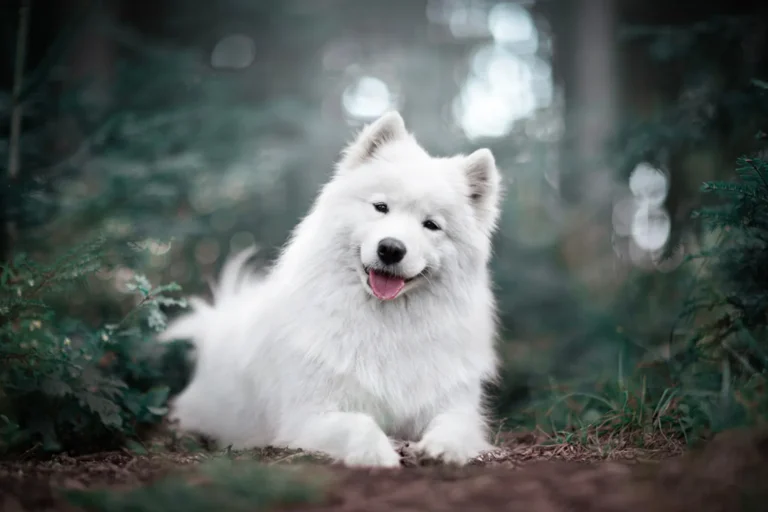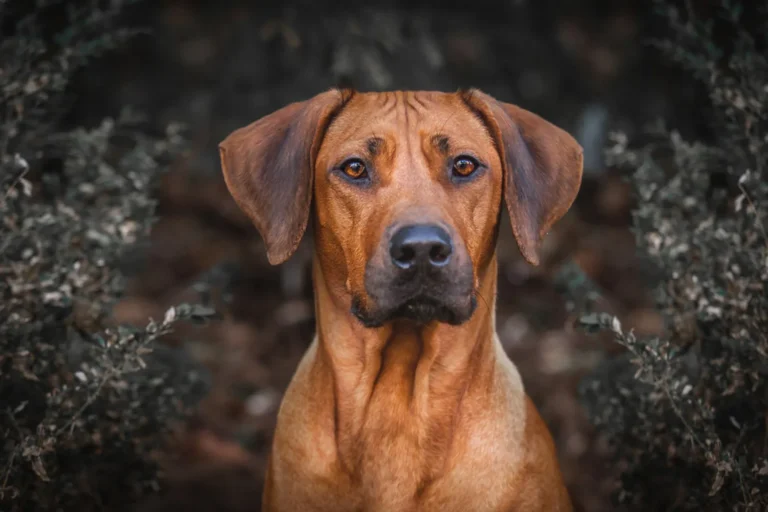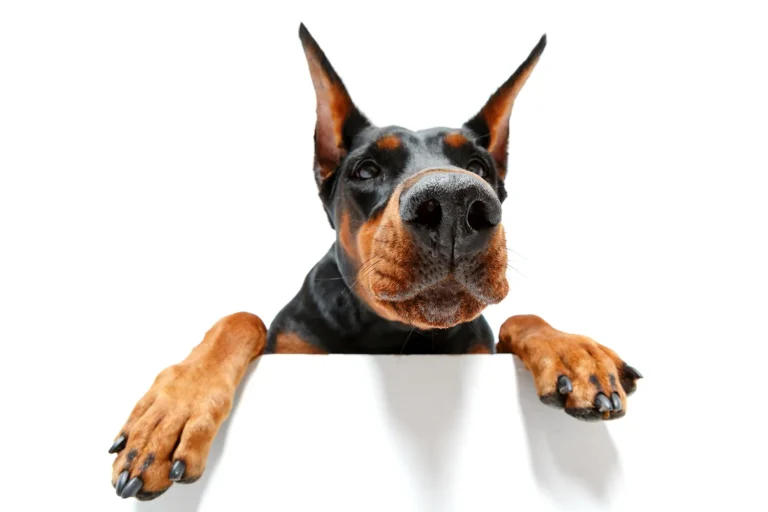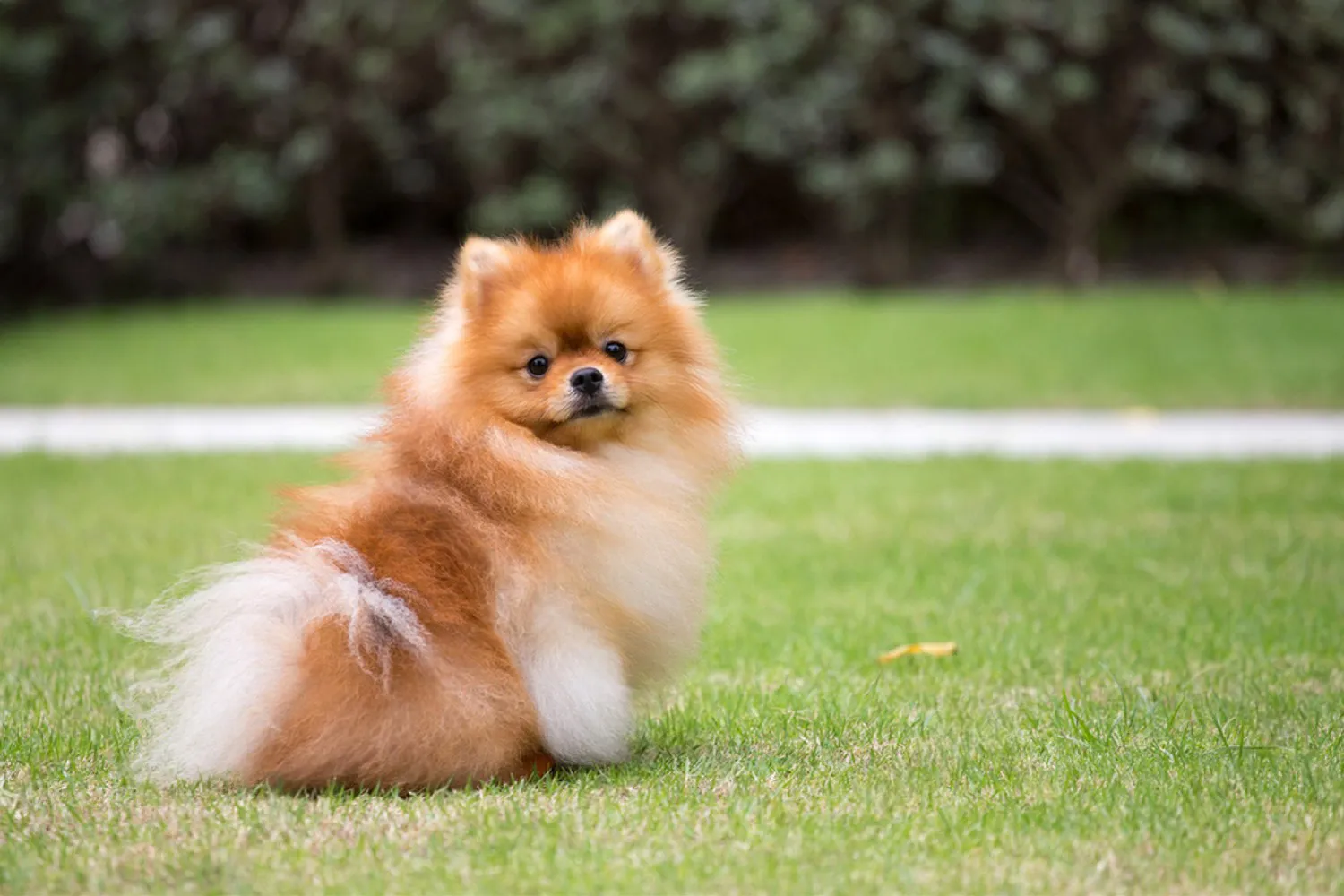
Let me guess you’re picturing a tiny, fox faced fluff ball who fits perfectly in your arms and loves being doted on. I’ve been there. The first time I scooped up one of these pint sized charmers, I swear my heart melted right into my sweater. They’re cuddly, expressive, and always ready to ham it up for attention, which makes them irresistible at the park and absolutely legendary on the couch.
A little friendly advice from someone who’s clocked many hours with a lap full of fluff: that cute coat needs regular brushing to stay cloud soft and tangle free. I do a quick brush a few times a week and it makes a world of difference (plus, it turns into a bonding moment). Don’t let the petite size fool you, either these tiny dynamos have energy and big personalities. Short, cheerful walks and a few fun games inside will keep them happy and calm. Teach a simple “settle” early so cuddle time doesn’t turn into wiggle time, and always support their body when you pick them up. Do those little things, and you’ll have a pocket sized companion who thinks your lap is the best seat in the house.
History and Origin of the Pomeranian
If you’ve ever wondered how such a tiny dog ended up with such a big presence, the Pomeranian’s roots offer a fun clue. Today’s plucky little Pom descends from the much larger German Spitz and takes its name from Pomerania, a region that stretches across what is now north west Poland and north east Germany. I love picturing those early spitz dogs sturdy, fluffy, and practical gradually becoming the charming, pocket sized companions we dote on now.
The breed’s star really began to rise in 1767, when Queen Charlotte, consort to King George III, arrived in England with two Pomeranians by her side. Court life has always had a way of setting trends, and these petite, foxy faced dogs turned heads instantly. A friend of mine jokes that Poms have been “influencer dogs” since the 18th century, and honestly, she’s not wrong people fell hard for that compact fluff and perky attitude.
Then came the royal who truly sealed the deal: Queen Victoria. In 1891, she helped refine the breed into an even tinier, more delicate companion. Her famously small Pom, Marco, became a canine celebrity, winning admirers with his dashing looks and confident, sassy demeanor. I remember meeting a breeder at a dog show who kept a framed photo of Marco at her booth she said he’s the reason the modern Pom looks the way it does. Thanks to Victoria’s passion for the breed, Pomeranians stepped firmly into the spotlight and never left.
With all that excitement, organization followed. The first Pomeranian National Breed Club was established to uphold standards and guide responsible breeding. Not long after, across the Atlantic, the American Kennel Club registered its first Pomeranian in 1898, cementing the breed’s place in the hearts (and on the couches) of families worldwide. Whenever I watch a Pom strut down the street tail high, trot jaunty I’m reminded that under all that fluff is a legacy of royal approval and centuries of being adored. If you bring one home, lean into that history: groom them like the little aristocrat they believe they are, and expect a lot of personality packed into a pint sized frame.
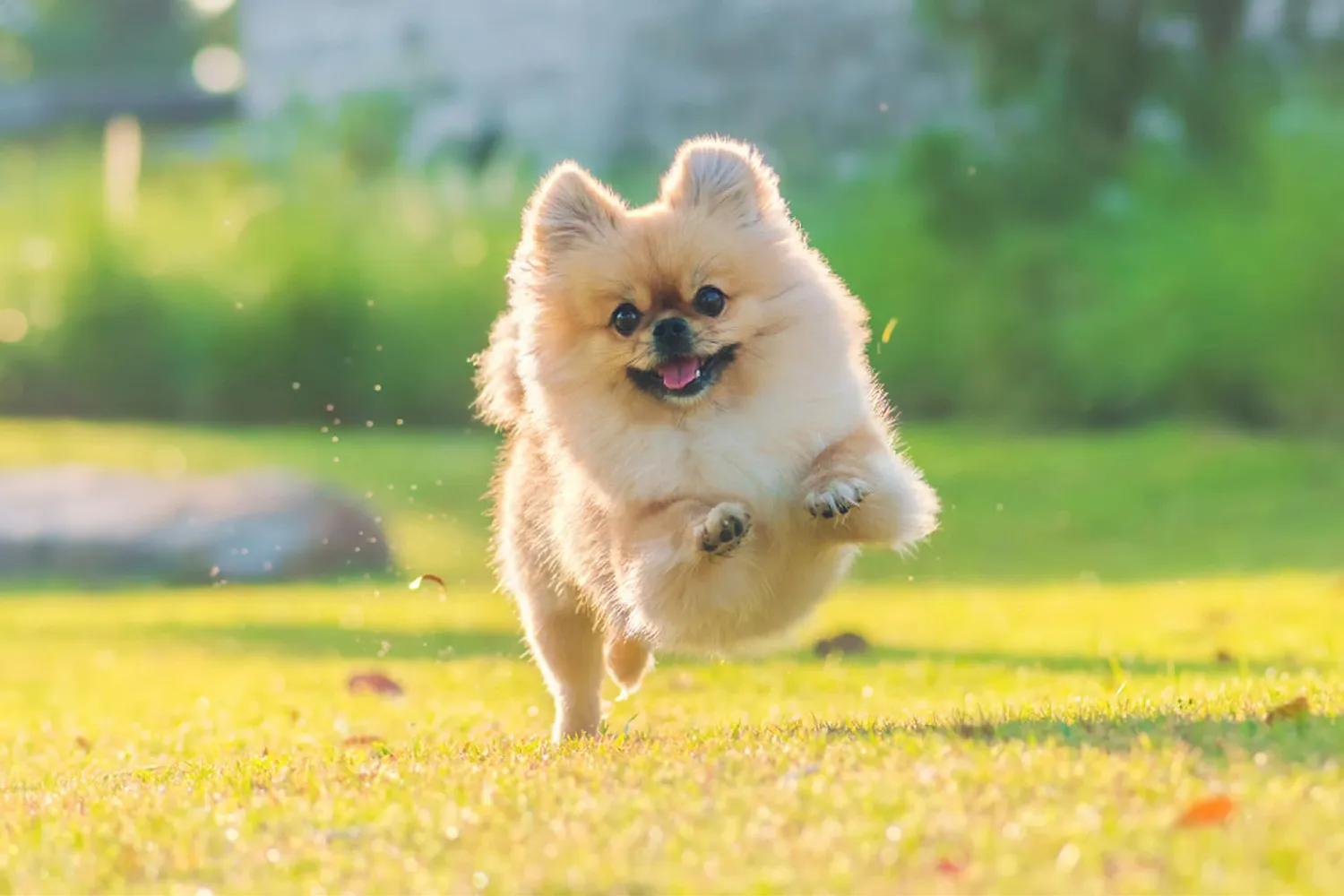
What Is the Pomeranian Breed?
The Pomeranian is the tiniest member of the Spitz family, and it wears that title with pride. Think of all the classic Spitz features in a pocket size package: a long, thick, fluffy coat, a foxy little face with pointed ears, and bright, sparkling eyes that seem to beam with mischief. Their roots trace back to the much larger German Spitz, and in many countries you’ll hear them called the Zwergspitz, which charmingly translates to “Dwarf Spitz.” The name fits these dogs are small in size but absolutely huge in spirit.
It’s no wonder Pomeranians have charmed both royalty and everyday families throughout history. There’s something irresistible about that teddy bear look and cheerful, “smiling” expression. I still remember the first Pom I met at a café she strutted in like she was the mayor, fluff bouncing with every step, and within minutes had the whole patio cooing. That bold, plucky personality is classic Pom. Today they’re classified as a toy breed, which makes them easy companions for apartment life and city adventures. But don’t let the “toy” label fool you this is a real dog with real opinions, and they love being part of everything you do.
A little practical advice from experience: that glorious coat benefits from regular brushing to keep it neat and prevent tangles. I keep a soft slicker brush by the door because somehow a five minute brush after walks saves me from the dreaded fluff tumbleweeds later. They’re smart, too, so short training sessions and puzzle games keep their brains busy and their confidence well channeled. And while their fashionable looks turn heads, Pomeranians are more than a pretty face they’re joyful, loyal companions who thrive on your attention and repay it tenfold with personality. If you’re looking for a pint sized partner with a big dog heart, you’ll find one wrapped in a cloud of Pom fluff.
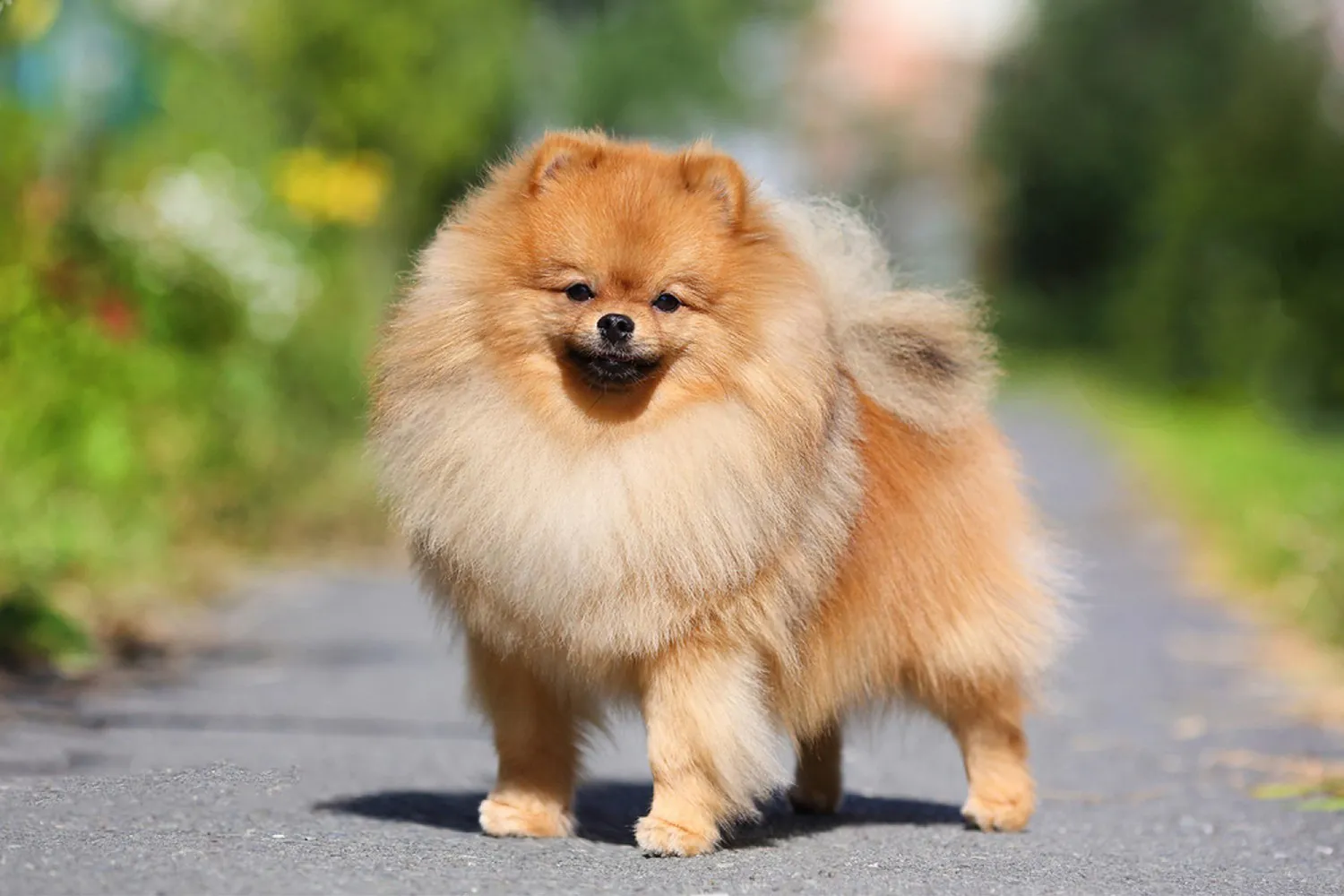
Who Is a Pomeranian Best For?
Pomeranians are a delight for most households, especially if you want a smart little companion who can switch from lap dog to lively playmate in a heartbeat. I once met a Pom in a canvas tote on the subway who hopped out, did a perfect sit for a treat, then trotted along like a tiny parade marshal. Later that week, a neighbor’s Pom chased a bottle cap across the beach with the kind of determination you usually see in much bigger dogs then curled up under a towel for a snooze. They adore snuggles, but they’re also surprisingly good at keeping themselves busy padding around the house.
Because of their tiny legs and light frames, Poms don’t need much exercise. Think short, cheerful strolls and a few spirited play sessions in the hallway rather than long distance runs. If you’re hunting for a marathon buddy or a mountain hiking partner, you’ll want to browse other breeds. That said, a leisurely park loop or a shady nature trail is right up their alley. I like to do two or three brief walks a day and sprinkle in some fun brain games hide a few treats under cups, practice “spin” and “wave,” or toss a soft toy for a mini fetch. They’re clever and eager to perform; one rescue Pom I fostered learned three tricks in a weekend with nothing but praise and tiny cheese bits.
Poms are wonderful in family homes, apartments, and with retirees or busy professionals who want a portable best friend. Their small size makes them easy travel companions, and they love being involved in daily life mine used to trot behind me from room to room like a fluffy shadow. Around young kids, supervision is key. They’re so adorable that little hands can forget how fragile they are. I taught my nephew “gentle hands” and we practiced sitting on the floor and letting the Pom come to him; it made a world of difference.
When it comes to other pets, Poms often do beautifully even with cats once introductions are slow and positive. Just remember they often have a big dog attitude in a small dog body, so keep an eye on play with larger dogs. I like to give a Pom a safe perch or gated area to retreat to and use a harness on walks so their tiny necks stay protected.
One last tip: many Poms are chatty watchdogs, quick to alert you to a doorbell or the neighbor’s footsteps. A consistent “quiet” cue and plenty of mental enrichment go a long way. Keep them brushed, keep outings short and fun, and you’ll have a spirited, affectionate companion who fits easily into everyday life.
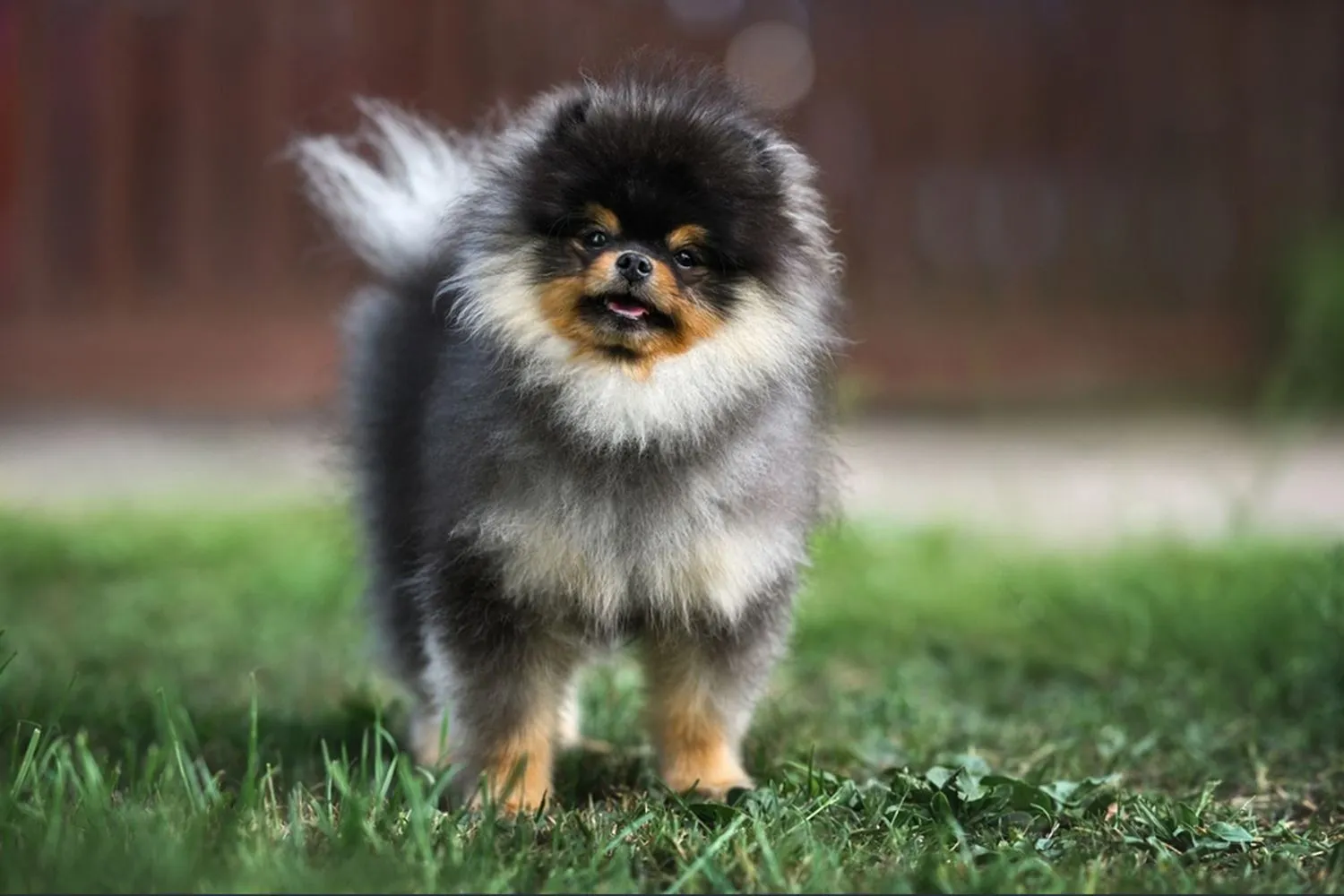
Pomeranian Grooming & Shedding
Don’t let that cotton candy fluff fool you. A Pomeranian’s double coat looks elaborate, but with a little routine it’s very manageable. I like to make it a weekly ritual: a gentle once over with a pin brush to lift the coat, followed by a slicker brush worked right down to the skin. Think of it as “line brushing” lift a small section, brush from the roots out, then move to the next. It keeps mats from sneaking in, especially behind the ears, under the collar, and in those fuzzy “pants.” I used to keep a pin brush by the couch and do 10-minute sessions during a show; my Pom would snooze while I tackled a section at a time. With that consistency, their coat really does stay glossy year round.
Shedding is part of the Pom package, but it’s not a blizzard if you stay ahead of it. During seasonal sheds, I’ll bump brushing to twice a week and add a wide tooth comb to pull out loose undercoat. A light mist of water or a detangling spray helps the slicker glide and keeps the coat from breaking. Avoid over bathing at home; a good blow dry is key for double coats, and that’s where a pro groomer shines.
Poms may not be your day long hiking buddy, but they are busy little athletes zoomies, couch sprints, and patrol duty included. Keep those nails neat so they can dart around comfortably. My rule of thumb: if I hear click click on the kitchen floor, it’s time. A grinder can be less intimidating than clippers; I park a treat jar nearby and do one paw at a time.
I highly recommend a full professional groom about every six weeks. A good groomer will bathe and blow out the undercoat, tidy feet and sanitary areas, clean ears, trim nails, and handle those tiny anal glands an appointment most owners, myself included, are happy to outsource. The difference after a proper blowout is stunning; my friend’s Pom came home looking like a little lion, strutting like he knew it.
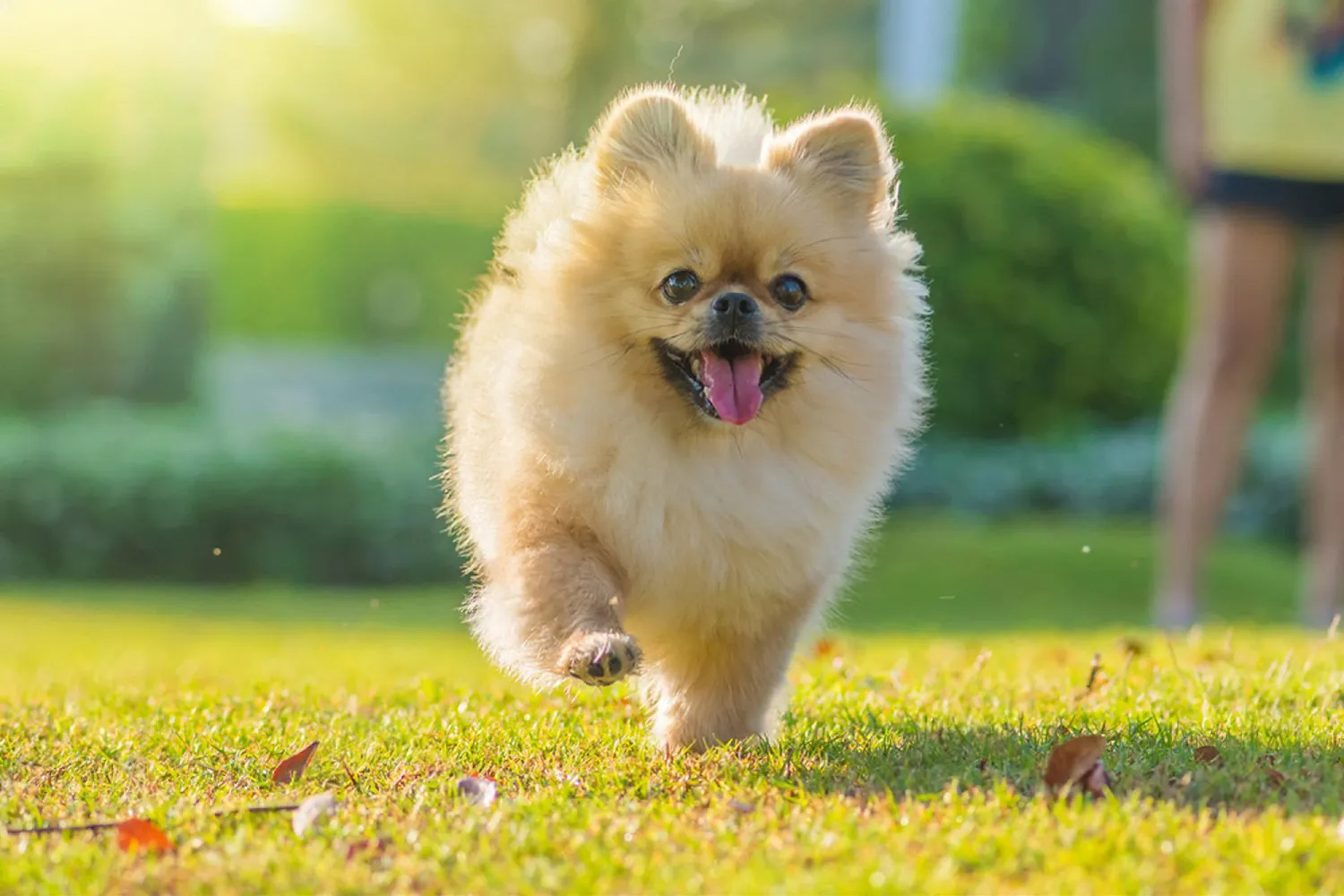
Do Pomeranians Bark a Lot?
That tiny fluff ball with a megaphone tucked inside? That’s a Pomeranian. They’re one of the smallest toy breeds, but nobody told them that. Mine behaves like a pint sized security guard with VIP access to every window. Their bold, “I’ve got this” attitude comes with a lively voice, and without guidance, that alert bark can turn into a play by play commentary on every squirrel, stroller, and stranger that passes.
Part of it is their curious, watchful nature. Poms were bred to keep an eye on their people, and they take that job seriously. So yes, many will bark at other dogs and unfamiliar faces if they haven’t learned when to speak up and when to relax. The good news? With consistent training and a bit of management, you can channel that enthusiasm. I like to teach a cheerful “thank you” or “quiet” cue: let them alert once, then mark the moment they pause and reward the silence. My friend’s Pom, Peanut, went from announcing every leaf in the yard to giving one dignified “woof,” then trotting over for a treat. Big improvement.
A few other tricks that helped us: early socialization walks where calm behavior earns praise, puzzle toys or sniffy games to burn mental energy, and keeping prime barking spots less exciting (frosted window film was a game changer). Don’t scold the bark show them what to do instead, like “go to your bed” when the doorbell rings. Give that brave little watchdog a job, and the volume knob starts to turn down.
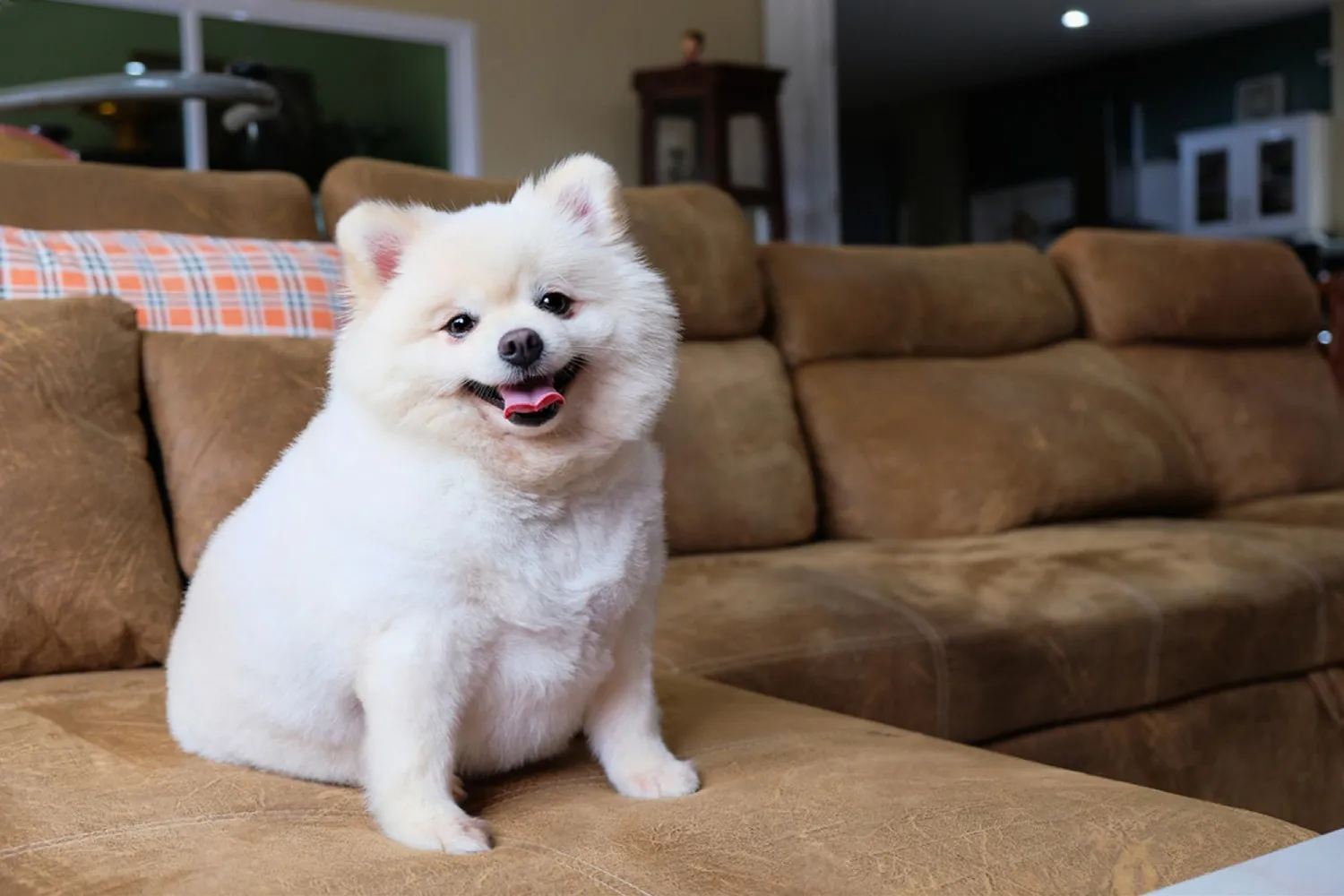
What Is the Average Weight and Height of a Pomeranian?
These little fluff rockets are truly pocket sized. Most adult Pomeranians stand about 15 to 18 cm at the shoulder (roughly 6 to 7 inches) and typically weigh between 1.5 and 3 kg (about 3 to 7 pounds). I remember measuring my neighbor’s Pom with a soft tape and a hardcover book balanced at the withers she thought it was a game and tried to steal the tape. Even then, the number surprised me because the coat makes them look bigger than they are.
A quick tip from living with fluffy breeds: don’t judge size by the puff. Run your hands along the ribcage you should feel the ribs under a thin layer of padding. I like to hop my dogs on the bathroom scale once a month (hold them, note the number, then subtract my weight) and keep treats extra tiny. Most Poms stay comfortably within that 1.5-3 kg range, though some sturdy little guys sit at the upper end. If you’re unsure, ask your vet to check body condition better a fit puffball than a chubby cloud.
https://en.wikipedia.org/wiki/Pomeranian_dog/
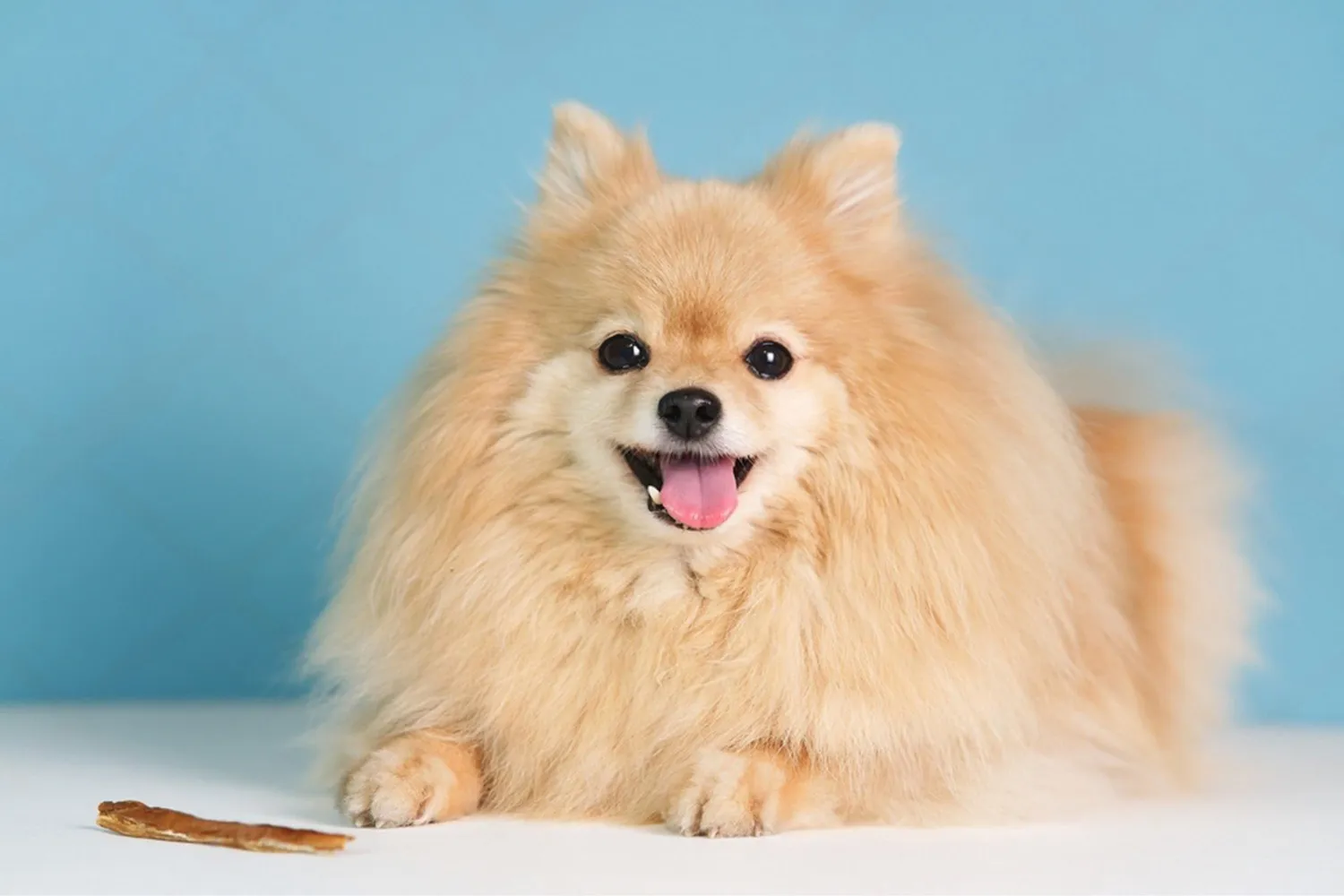
Are Pomeranians Easy to Train?
Start leash manners early and keep it fun. Those tiny paws can really motor, but they can also zigzag like a wind up toy. When my Pom, Noodle, was a pup, I rewarded two or three calm steps at my heel, then took a break before trying again. Short bursts, lots of praise. I also preferred a comfy harness to protect that delicate neck, and I kept walks interesting with quick direction changes so he learned to follow me instead of towing me down the street.
Housebreaking can take a touch more patience. Poms are smart, but their bladders are small and their opinions can be big. A steady routine helps: straight outside after naps, meals, and playtime, and a party sized celebration the moment they go where you want. I’ve had great luck with crate training and a bathroom “spot” in the yard. A friend taught her Pom to ring a bell at the door took a week of guiding the paw to the bell, then outside, and suddenly the dog was the one reminding them about potty breaks.
Where Pomeranians really shine is learning tricks and manners once the basics click. They’re bright, eager, and love to show off. Keep sessions to five minutes, end on a win, and mix in easy cues like sit, spin, and high five. I swear Noodle learned “spin” in two days because it came with a dramatic “ta da!” and a chicken treat. Consistency matters more than marathon sessions; a few minutes here and there beats one long, frustrating lesson.
One safety tip I can’t stress enough: teach them not to leap off furniture. Those fluffy coats hide a very small frame, and a jump from the sofa can mean sore joints or worse. I use a “wait” cue at the edge, then lift down or guide to a ramp. After a near miss when Noodle tried a flying dismount off the bed, I added a little staircase problem solved and my heart rate returned to normal.
In short, Poms are very trainable when you start early, keep it upbeat, and protect their tiny bodies. Be patient with the potty process, celebrate the small wins, and you’ll have a polite little puffball who learns new tricks almost as fast as you can think them up.
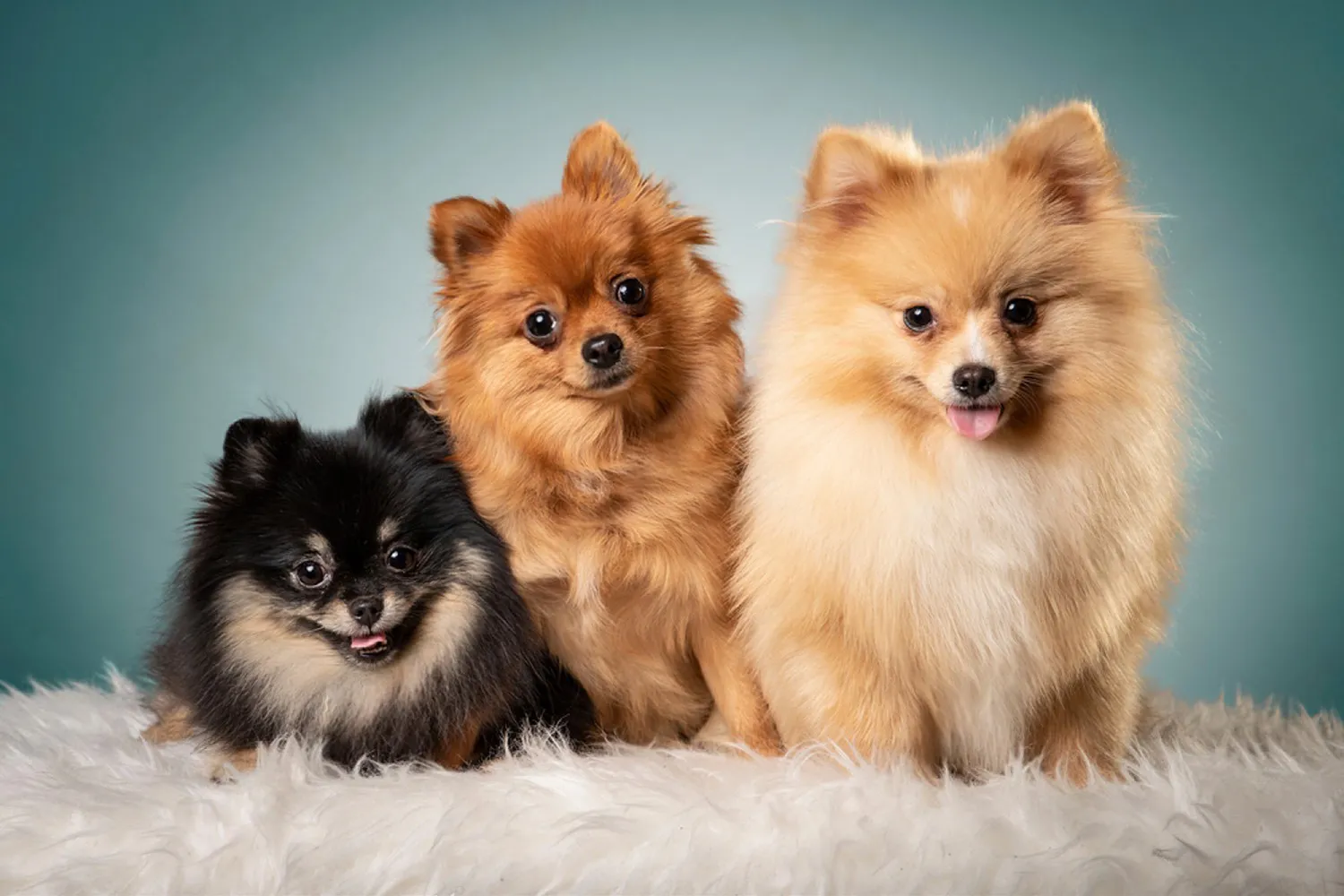
How Do Pomeranians Behave? A Look at Their Temperament and Personality
If you’ve ever seen a Pomeranian squaring up to a dog three times its size, you know exactly what people mean when they say these tiny fluff balls have a distorted self image. I still laugh thinking about the day my neighbor’s Pom, Pickles, strutted up to a gentle Great Dane at the park with the confidence of a lion. I scooped him up mid sass and he looked at me like, “Relax, I had it under control.” That big dog bravado is classic Pom, and it’s part of their charm just make sure you keep them safe when their courage outpaces their common sense. Short, controlled introductions, a reliable recall, and a “watch me” cue go a long way. I like pairing bold little Poms with calm, well mannered larger dogs for early socialization so they learn good manners without getting overwhelmed.
Around people, a well trained, well socialized Pomeranian is a delightful mix of tenacious and playful. They’re curious by nature, always poking their nose into whatever you’re doing, and they absolutely love to put on a show. A breeder I chatted with in California told me her best trick for Poms is five minute training bursts spin, high five, tiny weave poles in the hallway then a break and a cuddle. I tried that with a foster Pom, and sure enough, he’d light up the moment I said “showtime.” Positive reinforcement is your best friend; they’re eager to please but smart enough to get bored if lessons drag on.
Expect them to be affectionate with their people and a little selective with strangers. Most Poms bond hard with their family and can be Velcro ish in the cutest way, following you from room to room like a fuzzy shadow. They’re often good with older kids who understand gentle handling, but with little ones, I like the “sit on the floor and let the dog come to you” rule. They’re tiny, and those delicate legs don’t mix well with rough play or enthusiastic laps around the coffee table.
One thing many new Pom owners notice: they’re vocal. Not every Pom is a nonstop barker, but many make excellent little doorbells. I teach “quiet” early rewarding a pause in barking along with a “place” cue to send them to a mat when the doorbell rings. Mental games help, too. Food puzzles, hide and seek with treats, and short sniffy walks keep their busy minds satisfied. Mine loved hunting for a few pieces of kibble tucked under plastic cups; he’d focus so hard you could see the gears turning.
Daily life with a Pom usually looks like bursts of zoomies, a proud trot down the sidewalk (tail high, as if they’re running for mayor), then a nap in a sunspot. Give them structure, socialization, and a job however small and their bold, sparkling personality really shines. Under that cloud of fur is a confident little performer who just wants to be part of the action and make you smile.
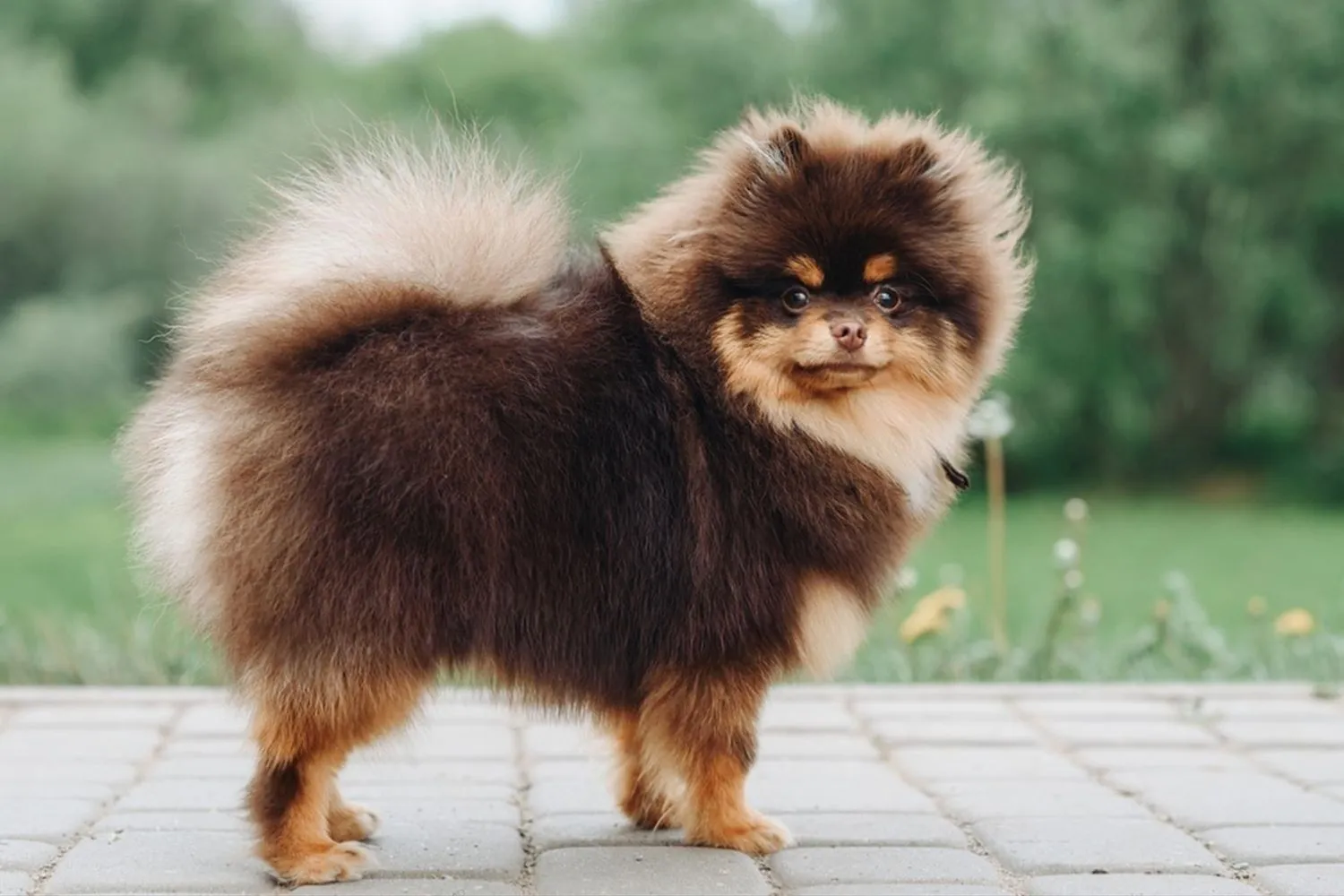
Do Pomeranians Have Common Health Issues?
Pomeranians are surprisingly sturdy little fluffballs, and most don’t have a long list of inherent problems to worry about. That said, like every breed, they do have a few things that pop up more often than we’d like. The big ones you’ll hear about are Black Skin Disease (sometimes called alopecia X), luxating patellas (those pop in, pop out kneecaps), seizures, congestive heart failure, and collapsing trachea. Those names sound scary, I know. I remember the first time I read “collapsing trachea” and immediately pictured my Pom wrapped in bubble wrap. In reality, many of these issues can be managed or even avoided with good breeding practices, regular vet care, and a touch of common sense dog parenting.
A few quick notes from the trenches: a harness instead of a neck collar is a must for tiny throats my friend switched her Pom to a soft, Y shaped harness and the honking cough disappeared almost overnight. Keep your Pom at a healthy weight and avoid high impact jumping to protect those little knees; I put a small ramp by the couch and bed so mine doesn’t think he’s an Olympic hurdler. With Black Skin Disease, you might see symmetrical hair thinning and darkened skin; it looks dramatic, but work with your vet on a plan and don’t panic stress and harsh grooming can make it worse, so gentle products and a calm routine help. Seizures and heart concerns require a veterinarian’s guidance, of course, but catching early signs like odd spells, a persistent cough, or tiring easily goes a long way.
If you’re going through a breeder, ask for their health screening details and Orthopedic Foundation for Animals (OFA) results. Responsible Pom breeders are proactive about the breed’s known risks and are happy to share documentation and explain what they’ve done for the parents and the litter. I always bring a little checklist to those conversations patellas evaluated, cardiac exams discussed, and any history of seizures or coat issues in the line. If you’re adopting, have your vet do a thorough intake exam and set up a baseline for heart and knee health; pet insurance early on can also be a stress saver.
The bottom line: these conditions exist, but they don’t define the breed. With smart screening, routine checkups, and a few lifestyle tweaks, most Pomeranians live bouncy, happy, long lives still bossing you around from atop a pile of squeaky toys, as they do.
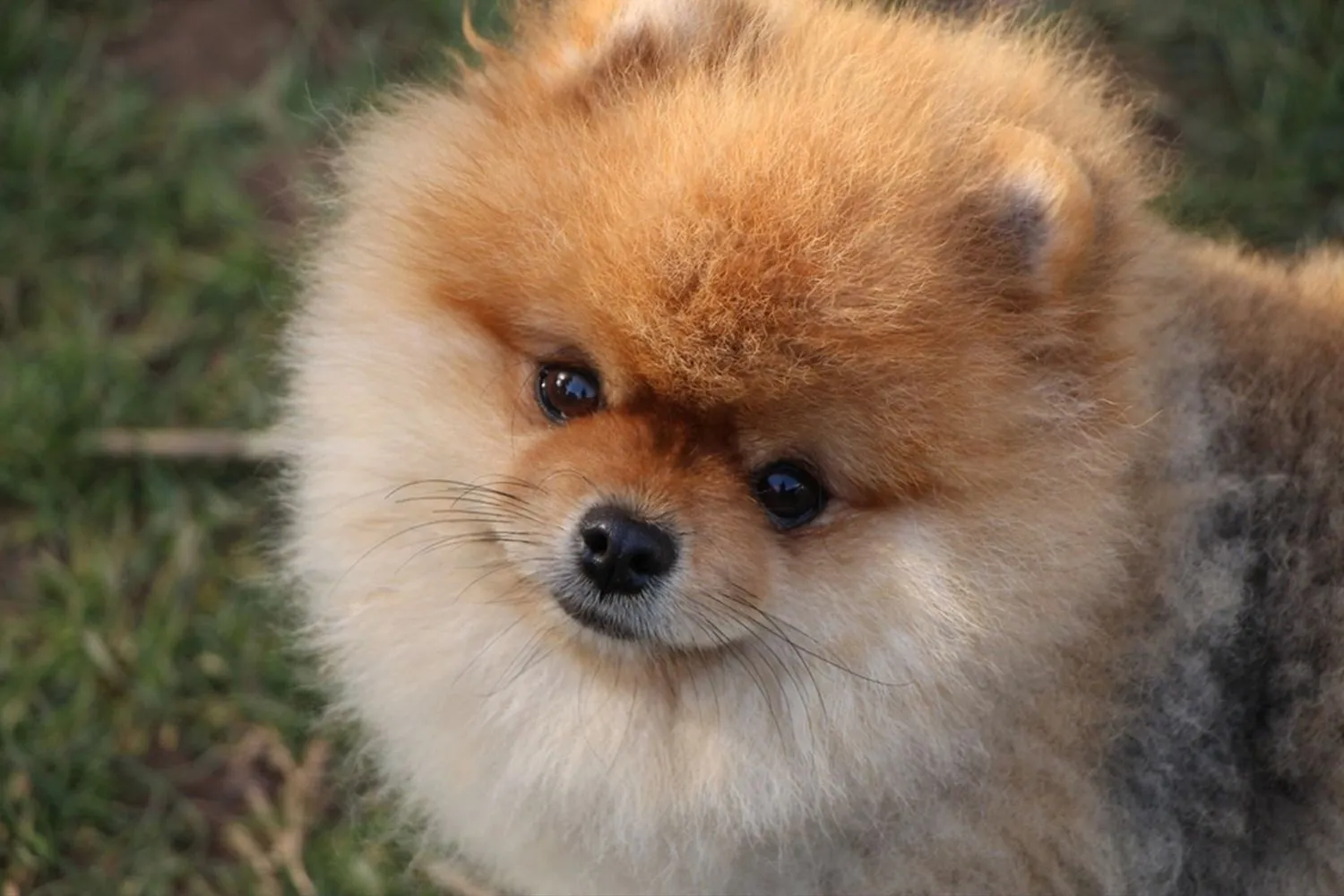
What is the lifespan of a Pomeranian?
Tiny dogs often outlast their bigger cousins, and Pomeranians are a great example. Most Poms live somewhere between 12 and 16 years, and it’s not unusual to meet one happily trotting into the mid teens. I once dog sat a feisty little orange puffball named Tilly who celebrated her 15th birthday with a brisk walk, a nap in the sun, and the confidence of a dog twice her size. Every now and then, you’ll even hear about a Pom reaching 17, though that’s more of a lucky bonus than a guarantee.
If you want to tip the odds in your Pom’s favor, focus on the basics that really matter. Keep them lean extra weight is hard on those tiny joints and make dental care a routine; good teeth can genuinely add quality years. Regular vet checkups, gentle daily exercise, and mental games (mine loved “find the treat” under cups) go a long way. I also try to limit high impact jumping off furniture; a set of little steps saved my friend’s Pom from a nagging knee issue. As they near their senior years, a wellness exam and maybe a blood panel can catch small issues early. With a bit of care and a lot of love, your fluffy sidekick can be your companion for a wonderfully long time.
How Much Should a Pomeranian Eat?
Your little Pom will thrive on high-quality dog food, whether it’s a reputable commercial brand or something your vet recommends. I always look for small breed formulas tiny kibble is easier on those petite mouths. I learned that the hard way when my Pom turned oversized kibble into crunchy confetti all over the kitchen floor.
How much you feed depends on age, activity level, and your dog’s individual metabolism. Puppies burn through energy quickly and usually do best with several small meals throughout the day. Adult Poms tend to do well on two measured meals to keep their blood sugar steady. Seniors often benefit from smaller, more frequent portions and a diet tailored to their changing needs this is where your vet’s advice is golden.
A simple way to find the right amount is to start with the feeding guide on your food’s bag, then adjust. Use a measuring cup (eyeballing it usually leads to overfeeding ask me how I know), and watch your Pom’s body condition. You should be able to feel ribs with light pressure and see a gentle tuck at the waist. If the bowl is licked clean but your pup is energetic, maintaining a healthy weight, and not begging constantly, you’re on the right track. If you notice extra fluff around the middle, shave a little off each meal; if your Pom is looking lean or low energy, add a bit.
Keep treats tiny and count them as part of the daily total. I like using a handful of kibble for training and saving the fancy treats for special wins. Regular mealtimes help prevent picky eating, and puzzle feeders make dinner feel like a fun job. And if your Pom has a delicate tummy, try adding a splash of warm water to the kibble it’s a small trick that has saved me on many finicky mornings. When in doubt, check with your vet; they know your dog’s unique needs best.
Pomeranian FAQs
Is a Pomeranian a good family pet?
Absolutely. Pomeranians are bright, affectionate little companions who love being part of the daily bustle. They thrive on attention and are happiest when they can be near their people, whether that’s curled up on the couch or following you from room to room like a fluffy shadow. That said, because they’re tiny and quite delicate, families with very young children might want to wait until the kids are a bit older. I always tell friends to teach “gentle hands” and to sit on the floor for snuggle time no scooping, no roughhousing so the teddy like Pom stays safe. They can also be a touch vocal, which makes them spirited watchdogs, but you’ll want to guide that enthusiasm with a little training. If your crew is looking for a running buddy for long distance jogs or intense weekend hikes, a larger, sportier breed will be a better match. Poms are more about sprint and sniff than marathon pace though they’re fantastic cheerleaders from a backpack or comfy sling when the outing runs long.
How much exercise does a Pomeranian need?
Compared to most dogs, not much. Short daily walks, a few lively play sessions, and a chance to explore new smells will keep a Pom content and healthy. Mine lights up for a quick game of fetch down the hallway and a sniffari around the block, then he’s ready for a nap. Mental workouts matter too teach a couple of tricks, use a puzzle feeder, or hide treats for a fun indoor treasure hunt. Safety tip: always keep your Pom close and on a leash outdoors. Small dogs can attract unwanted attention from birds of prey and can be overwhelmed by rough play with larger dogs. I use a well fitted harness instead of a collar to protect that delicate neck, and I’m careful with stairs and furniture little legs can take big jumps without realizing it. Watch the weather as well; petite pups can overheat in the sun or get chilled on blustery days faster than you’d expect.
Are Pomeranians purebred dogs?
Yes, purebred Pomeranians absolutely exist. The most reliable ways to confirm heritage are through documented lineage (pedigree papers from a reputable breeder) or a DNA test. Breed typical traits include a compact body with a short back; a small size often around 7-8 pounds; a foxy, refined muzzle; dark, bright, almond shaped eyes; and a heavily plumed tail that arches over the back. They’re best known for that glorious double coat that gives them their signature puffball look. Keep in mind, appearance alone isn’t proof papers and DNA are your safest bet. If you’re shopping for a puppy, meet the breeder, ask about health testing, and see the parents. And if papers aren’t a priority for you, there are wonderful Poms and Pom mixes in rescue who make incredible companions.
Where can I find more Pomeranian dog breed information?
You’re in the right place there’s plenty more on this page, so scroll up and explore the detailed sections. If you’re hungry for even more, check your local breed club, reputable kennel club resources, and talk with a veterinarian or trainer who knows toy breeds well. I like to jot down questions as they pop into my head and bring them to a vet visit that little habit has saved me from many late night Google spirals.
Disclaimer:
This article is for informational purposes only and doesn’t replace professional veterinary or training advice. Always consult a certified vet or dog trainer for guidance specific to your pup.

